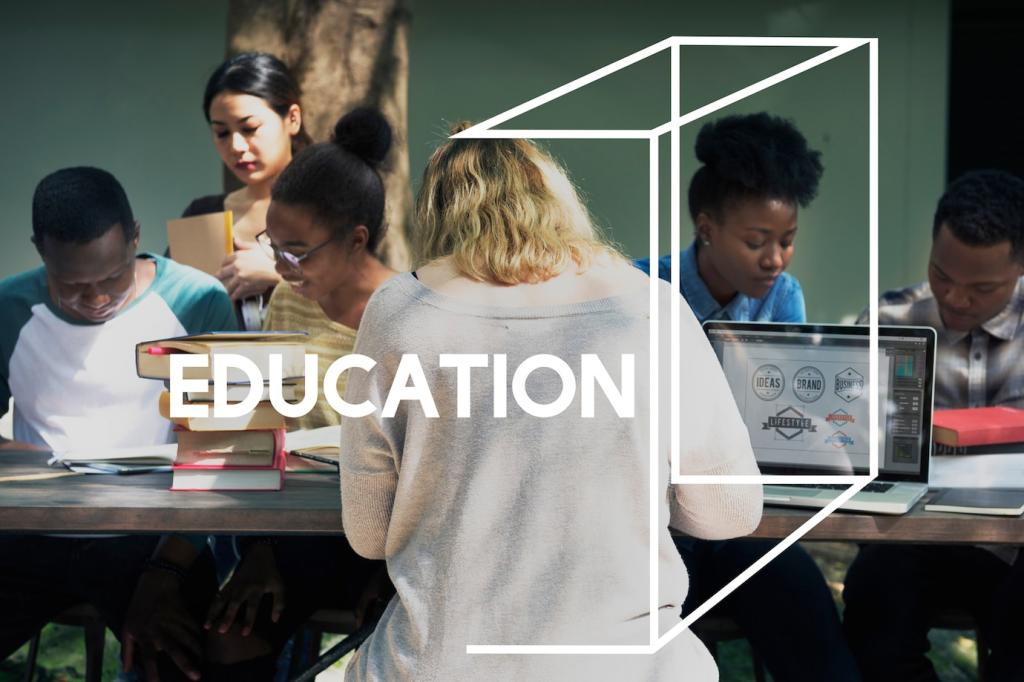Data, Privacy, and Trust by Design
Gather only data that improves learning outcomes or essential operations. Prefer on-device processing for sensitive signals and aggregate wherever possible. Document why each field exists. Have you reduced data collection recently? Share what you removed and what you learned about impact and performance.
Data, Privacy, and Trust by Design
Give learners and guardians clear dashboards to view, export, and delete data. Explain how personalization works and offer toggles to adjust or disable features. Provide audit trails for educators and admins. What transparency patterns have earned the most trust? Share examples we can showcase in an upcoming roundup.
Data, Privacy, and Trust by Design
Define success as mastery gains, persistence, and confidence, not just clicks. Run experiments with ethical guardrails and complement them with qualitative research. Monitor for unintended effects on subgroups and correct quickly. What metric most changed your roadmap this year? Tell us, and subscribe for a metrics glossary.







